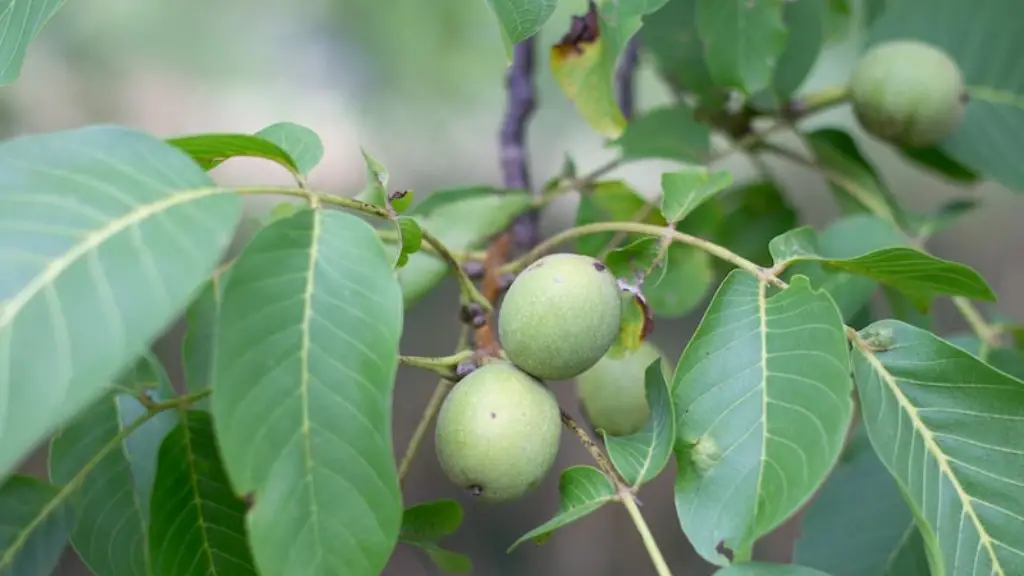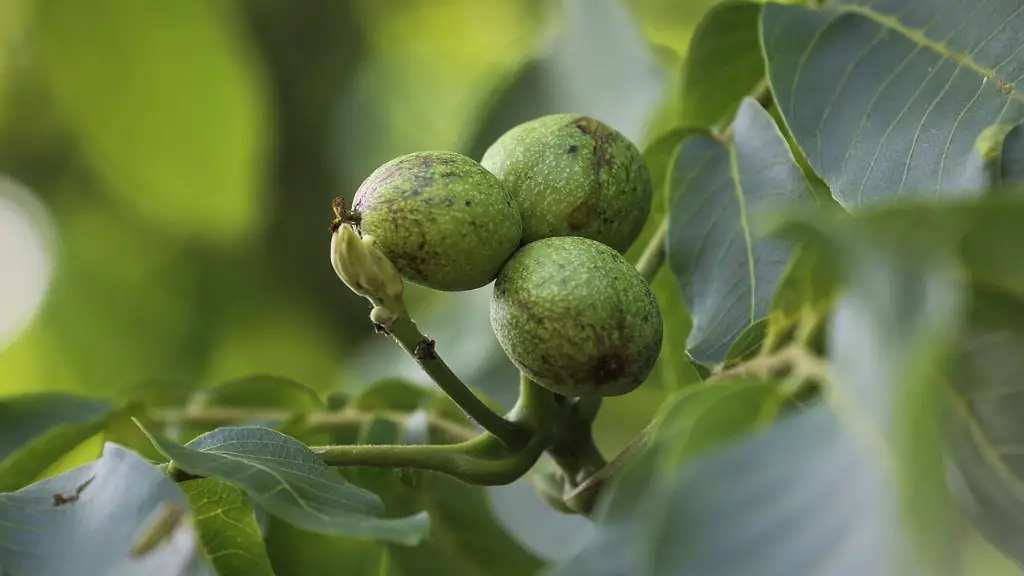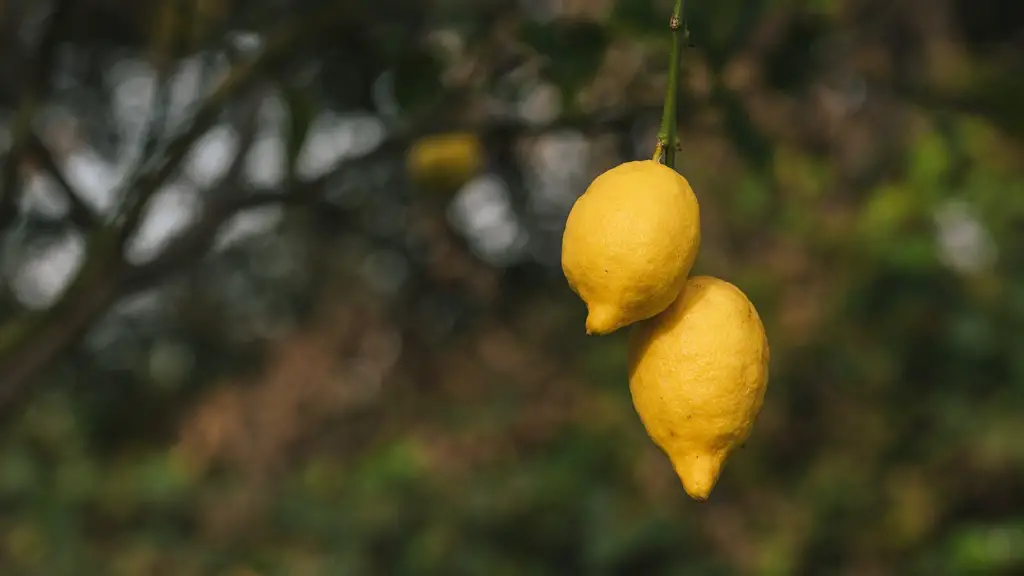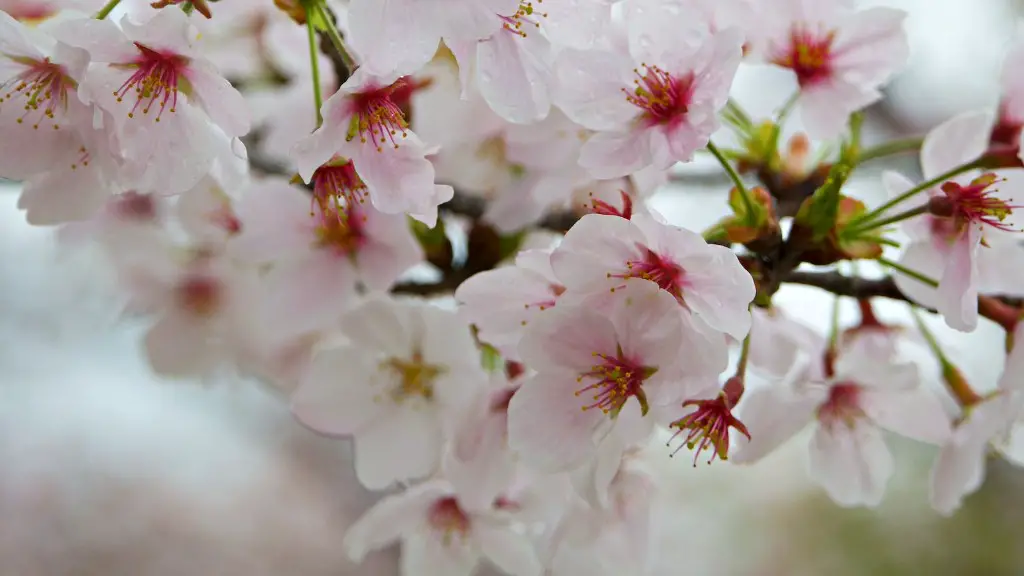A palm tree is a tall, evergreen tree with long, feathered or fan-like leaves. It is a member of the family Arecaceae, which includes around 2600 species of palms. palms are found in tropical and subtropical climates around the world. Most palm trees are single-stemmed, but some species can form multi-trunked clumps.
The flowers of a palm tree are small and inconspicuous, growing in clusters at the base of the leaves. Pollination is often done by wind or insects. The fruits of a palm tree are also small and vary in color, shape, and size depending on the species. Some Palm tree fruits are edible, while others are poisonous.
Yes, a palm tree has flowers.
What are the flowers on a palm tree?
The palm flower stalks, known as inflorescences, arise from the leaf axils for most species of palms. In those species having a crownshaft, inflorescences emerge from the stem just below the base of the crownshaft. The inflorescences are composed of small flowers that are either male or female. The male flowers produce pollen, while the female flowers produce ovules that are fertilized by the pollen to form seeds.
The palm’s flowers and fruit stalks should not be allowed to thrive as they weaken the plant and attract undesirable elements like rodents or birds. When the fruit matures, it will fall and make a mess of the surrounding area.
Does a palm plant bloom
Although they are mostly known for their leaves, most palm trees actually do produce flowers. These flowers usually grow in clusters under the leaves and are small and not very noticeable.
The Tahina spectabilis is a palm that is native to Madagascar. It is a unique palm in that, once it is fully grown, the tip of the stem branches into hundreds of tiny flowers. These flowers sap nutrients from the plant so rapidly that the plant collapses and dies. Each flower can be pollinated and develop into a fruit that drips with nectar, attracting swarms of insects and birds.
How often do palm plants flower?
Most species of palm trees will produce flowers and seeds on a yearly basis. The time it takes for flowering and seed production is variable, but is usually about five years or more from the juvenile age to occur. In more tropical areas where growth is faster, flowering occurs in less time.
Did you know that palm trees can provide a number of other delicious fruits, in addition to coconuts? With the right species, you can enjoy dates, peaches, and even acai. However, it should be noted that in most situations palm trees won’t live long enough to flower and produce fruit if you keep them indoors.
How can you tell if a palm tree is male or female?
Sex determination systems in plants are much more varied than in animals. One such system is found in date palms, where female date palms are conventionally distinguished from the male trees only when they begin to produce fruit around the age of five. However, recent research has shown that there may be other ways to determine the sex of these trees.
Did you know that palm trees actually produce clusters of flowers under their leaves? These clusters are called inflorescences. Palms typically bloom once a year, usually in the early days of spring. In order to develop flower clusters, your palm tree needs plenty of sunshine and a perfect growing environment.
What time of year do palms flower
Date palms are a type of palm tree that can take up to four years to mature. They typically bloom in late winter or early spring, making them a popular choice for those who live in climates with cold winters. If you live in such a climate, it’s advisable to plant your date palm in a container so that you can move it inside when the winter comes.
Parlor palms are among the many plants that flower regularly indoors. This can be a blessing or a curse, depending on your perspective. Once your plant is mature enough, it may produce a spray of yellow flowers. If you enjoy the flowers, then this is a positive development. However, if you prefer a neat and tidy appearance, then the flowers may be a nuisance. Either way, it’s important to be aware that parlor palms can flower indoors and take steps accordingly.
Do indoor palms have flowers?
Given enough light, a mature plant will blossom indoors, producing sprays of small yellow flowers on tall stalks that rise above the foliage. These yellow flowers are insignificant, have little decorative effect and are easy to miss.
The yellow sprays that come from a windmill palm are not seeds, but flowers. If the palm is female and there is a male palm nearby, the windmill palm will produce blue seeds in August.
What are the little balls on a palm tree
The balls on the tops of palm trees are the result of a palm tree’s healthy reproductive cycle, or its fruits. The majority of these fruits are edible, with coconuts and dates among the most popular. While some people may find the balls on palm trees aesthetically pleasing, they are actually a sign of a tree in good health and doing its job of reproducing.
If you notice dead or dying fronds on your palm tree, it’s time to trim it back! Removing these fronds by pruning can prevent breakage damage and eliminate nesting places for rats, scorpions, and other pests.
Is palm tree flowering or non flowering?
There are over 2,600 species of palms, which are classified in one family, the Arecaceae, or Palmae. Most palms are distinguished by their large, compound leaves, which are arranged at the top of an unbranched trunk. The flowers of palms are typically small and borne in clusters, and the fruit is frequently a drupe, a fleshy, one-seeded fruit.
Palm trees have short lifespans in comparison to other trees. The areca palm has a lifespan of 40 to 50 years while the coconut palm has a lifespan of 70 to 100 years. Date palms have a lifespan of 100 to 120 years. In some cases, the date palm can live up to 200 years.
Final Words
Yes, palm trees have flowers. The flowers are typically white and are borne in clusters.
A palm tree does have flowers, but they are not very showy. The flowers are small and green, and they grow in clusters at the base of the leaves.





